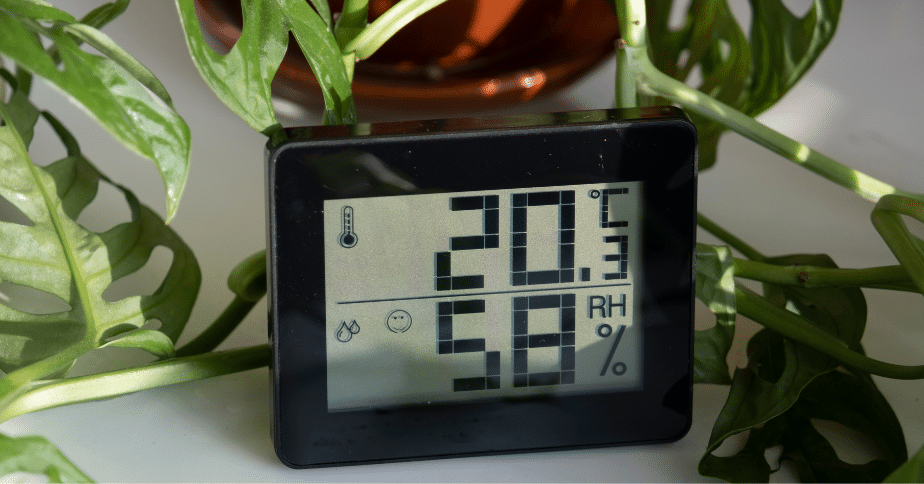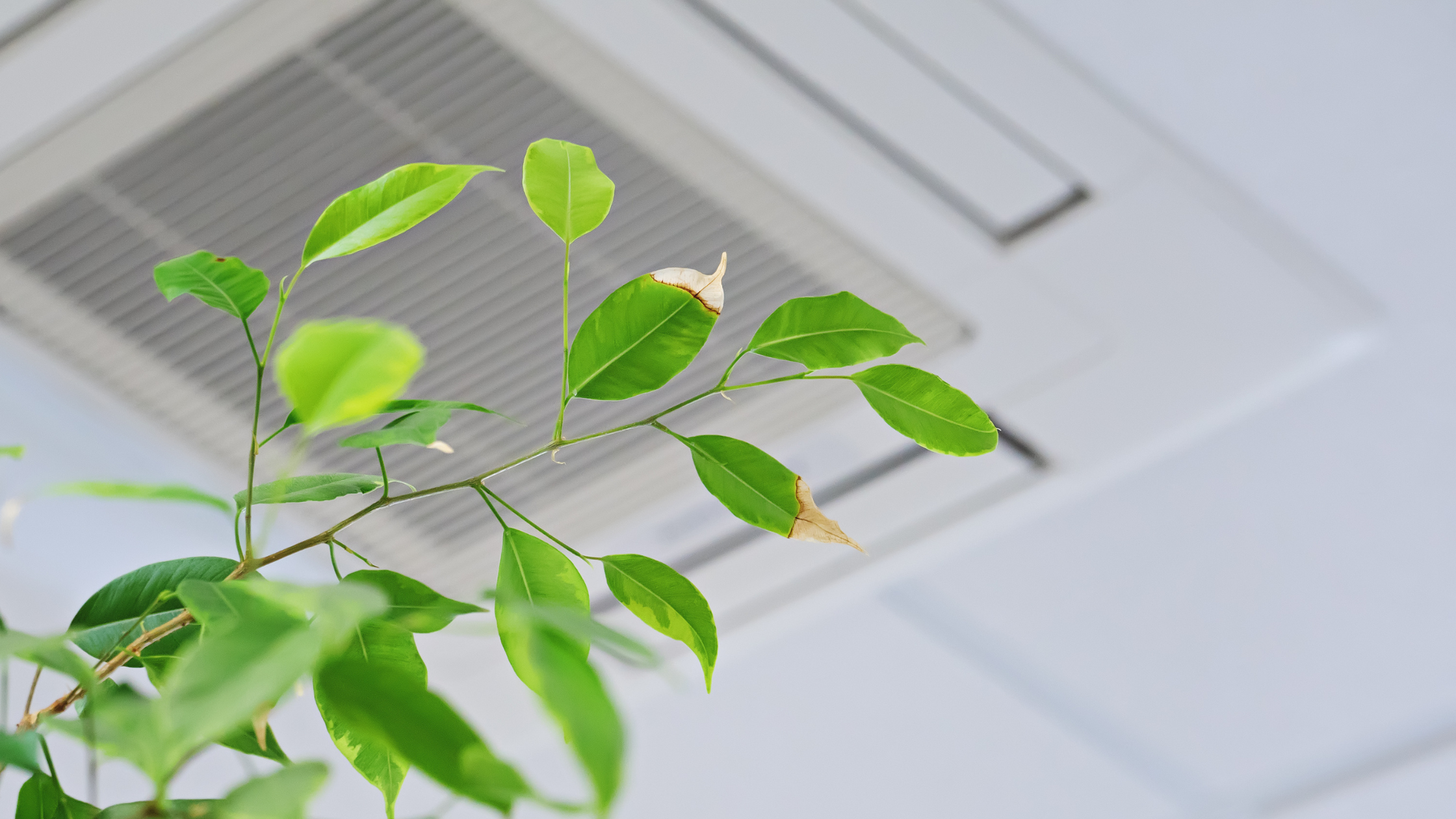What is a 3rd Party Building Damage Assessment?

If your home or business is damaged in any way, it can be tricky to get to the bottom of it. Is it the responsibility of the homeowner or the building contractor to fix the problem? It is in these situations that a 3rd party building damage assessment can help.
What is the Purpose of a Building Damage Assessment?
Often, when a building begins deteriorating due to mold or water damage, several questions arise. Did the damage occur by chance, by a lack of structural integrity, or because of a lack of maintenance? Warranties and insurance policies vary based on the cause of damage, so identifying the problem’s source is important.
The purpose of a 3rd party building damage assessment is to identify the cause of structural damage within a home or business. This allows every party involved in the situation to be treated fairly. For instance, if a contractor failed to follow building codes and regulations, they might be responsible for making any repairs. In a case where labor and equipment warranties hinge on the homeowner’s maintenance, the homeowner may be responsible for repairs. In other situations (such as a flash flood), reconstruction may be the insurance company’s responsibility.
A 3rd party building damage inspector gets to the bottom of the issue and documents each stage of the remediation process, communicating with all parties involved.
Understanding the Process of a 3rd Party Building Damage Assessment
Your licensed assessor should be trained in the field of whatever issue needs to be assessed. Damage in the home can be caused by several things, including the following.
- Mold and Mildew
- Flash Flooding
- Fire
- Pests
- Fumes and Chemicals
- Appliance Leaks
- Natural Disasters
Water issues are the most common in standard homes, usually due to busted pipes, flash flooding, bad plumbing, or mold accumulation in hidden areas. During a water damage assessment, a professional will take the following steps.
- Test for damage using knowledge in the field and high-powered equipment.
- Locate the point of origin of the problem.
- Identify the root issue and link it back to its original cause.
- Recommend a cost-effective solution.
What Does it Cost to Repair Water Damage in Your Home?
Again, costs will vary depending on each issue’s point of origin and how major the issue is. However, even if the cost falls on you or your insurance company, it is possible to make repairs without breaking the budget. At AQA, we bill your insurance company directly so that you don’t have to pay us anything upfront. Instead, we do all the testing ahead of time and worry about insurance later. If your home is suffering from water or mold damage, finances should be the least of your worries.
Remembering the Importance of Indoor Air Quality
Mold, dust, and other pollutants lower your indoor air quality and weaken your immune system. If you notice that you have a problem with mold or mildew in your home, it is best to enlist the help of a professional. Contact AQA if you have any questions or concerns about mold in your home or business. With their combination of experience and knowledge, you can be assured that everything will be handled properly.



